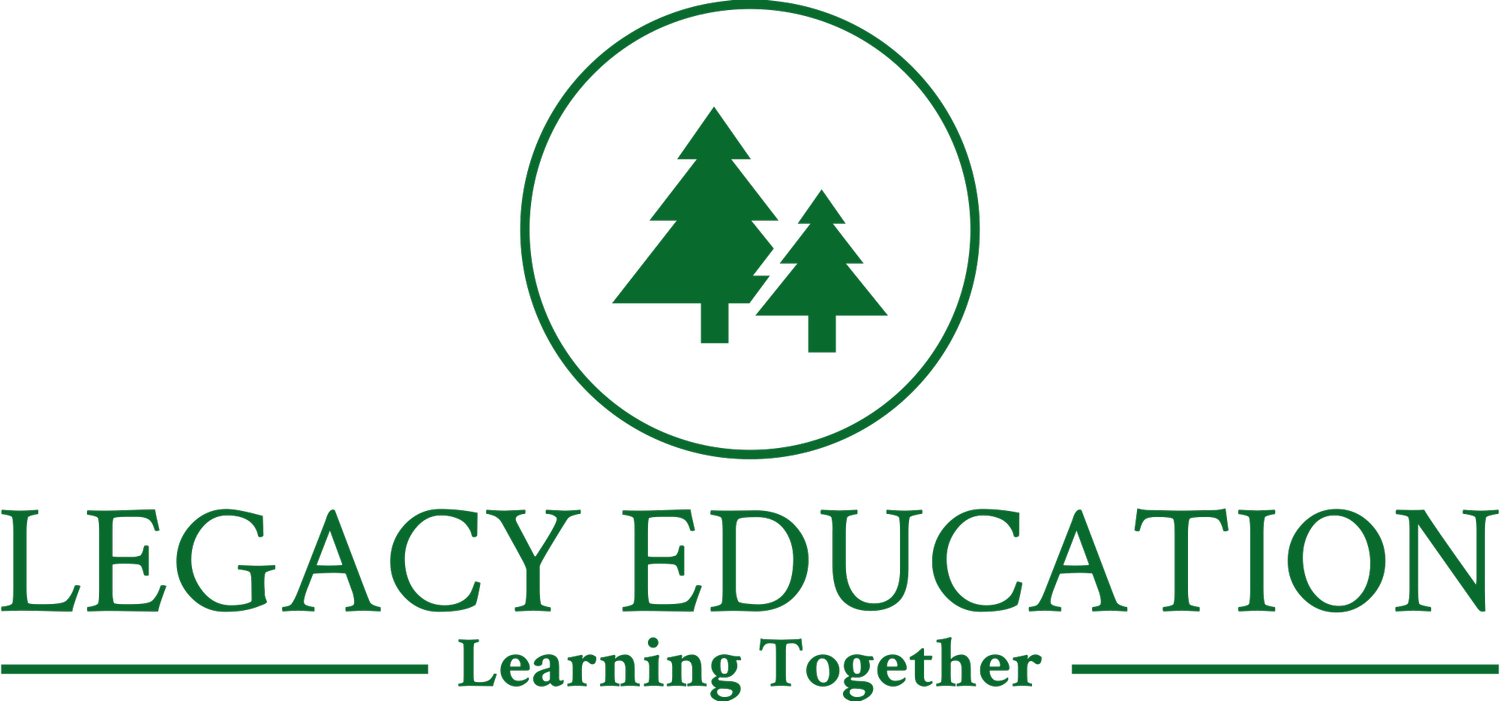Strengths-Based Tests for Educators: Four Critical Tools for Teacher Development
We’ve all heard it before: "Focus on your strengths, not your weaknesses." It's a popular concept—one that drives success in education, leadership, and personal development. But here's the real question: Do strengths-based tests actually work?
These tests promise to unlock your potential and help you build on what’s already strong. But with so many self-reported assessments out there, can we really trust the results? Are these tools a goldmine for self-improvement or just another hype-driven trend?
Let’s dive into some of the most popular strengths-based tools and evaluate how reliable they are, and more importantly, how they fit into the broader conversation about neurodiversity, inclusive learning, and supporting all learners.
1. StrengthsFinder: Discover Your Top 5 Strengths (But Do You Really Know Them?)
StrengthsFinder by Gallup is one of the go-to tools for identifying your top five strengths. It’s widely used in corporate and educational settings, helping people understand their natural talents and how to leverage them. The power of this tool is that it shifts the focus from what you lack to what you excel at. And that shift can be transformative.
But here’s the catch: Self-reporting. Since it’s based on how you answer the questions, there’s a good chance you might misinterpret or overstate your own strengths. For example, you might answer in a way that aligns more with your ideal self rather than your true nature. The reliability? It’s solid, but it’s also subjective.
In the context of UBP, StrengthsFinder aligns well with the Learning & Cognition domain, helping educators identify the talents that drive their teaching and leadership. But it should be used in conjunction with external feedback to make sure those strengths are truly shining through.
2. NAILEP: Understanding Your Teaching Strengths (And Gaps)
The Neurodiversity & Inclusion Learning Environments Profile (NAILEP) is part of the Universal Best Practices for All Learners (UBP) framework, focusing on a teacher's strengths in supporting neurodiverse students. It’s a practical tool for evaluating strategies you use to develop communication, learning and cognition, social-emotional strengthening, and executive functioning. The NAILEP guides educators in creating environments where all students can thrive, regardless of their neurodiversity.
But just like StrengthsFinder, the NAILEP is a self-assessment. It asks teachers to evaluate their own classrooms, which is subjective by nature. Do we really see our classrooms as they are, or do we view them through a lens of aspiration, hoping we’re doing more than we really are? This is why peer observations and feedback become crucial for validating self-assessments.
The NAILEP from Legacy Education Group ties directly into UBP's framework for building inclusive, strength-based classrooms. But again, it’s essential to combine self-reflection with actual classroom data and student feedback to ensure accuracy and impact.
Note: I am the creator of the NAILEP and UBP.
3. The Enneagram: Discover Your Core Motivations (Is It Really That Simple?)
The Enneagram is another tool that categorizes individuals into 9 personality types, based on core motivations. It’s popular for its focus on emotional intelligence, communication styles, and interpersonal dynamics. It’s highly useful in building strong, empathetic teams, and better understanding one’s emotional landscape.
But the issue? You guessed it—self-reporting. People may identify with a personality type based on their current mood or aspirations, not their authentic traits. Plus, personality is far more fluid than a static label, making the Enneagram’s findings helpful, but potentially limiting.
In a classroom setting, understanding the Enneagram can help teachers connect with students on a deeper level—building stronger communication and social-emotional skills. But it’s not foolproof. Like all strengths assessments, its value comes when it’s paired with real-life examples and ongoing reflection. In UBP-NAILEP, the Enneagram could be useful for teaching teams' self-awareness for how they will collaborate and communicate with one another.
4. MBTI (Myers-Briggs Type Indicator): Does It Help or Hinder?
While it is not a "strengths-based test" per se, the MBTI divides people into 16 different personality types based on how they perceive the world and make decisions. It’s widely used in both personal development and professional settings. Teachers and educators can gain insights into their own strengths, preferences, and teaching styles through this framework.
But, as with the others, self-reporting is a concern. People often respond to MBTI questions based on what they think they should be, not what they actually are. That’s why MBTI results are most valuable when they’re used as a jumping-off point, not a definitive answer.
In UBP, MBTI could be used to assess communication and interaction styles, helping teachers better understand how to navigate classroom dynamics. However, it should be complemented with observations and peer feedback to ensure a well-rounded view of a teacher’s strengths.
So, Do These Strengths-Based Tests Actually Work?
The truth is: yes, but with caveats. Strengths-based tools are incredibly valuable for building self-awareness and fostering personal growth. However, they’re not without limitations. International Leadership Expert Sam Voorhies of Voorhies International Consulting notes that while these tools can offer meaningful insights, self-reported assessments—like StrengthsFinder, NAILEP, and others—are only as reliable as the individual’s ability to be objective about themselves. Voorhies often points to aptitude-based tools, like the Highlands Ability Battery, as more objective and reliable measures. These assessments focus on natural abilities rather than perceptions, providing a clearer picture of where a person’s true strengths lie and how they might best be applied in work and life.
The key is understanding that self-reporting has its limitations, and the best results come when these tools are used in conjunction with feedback from others and real-world observations.
When combined with real classroom data and personal reflection, these tools can help educators and leaders tap into their strengths, identify opportunities for growth, and ultimately create stronger, more inclusive environments for students.

